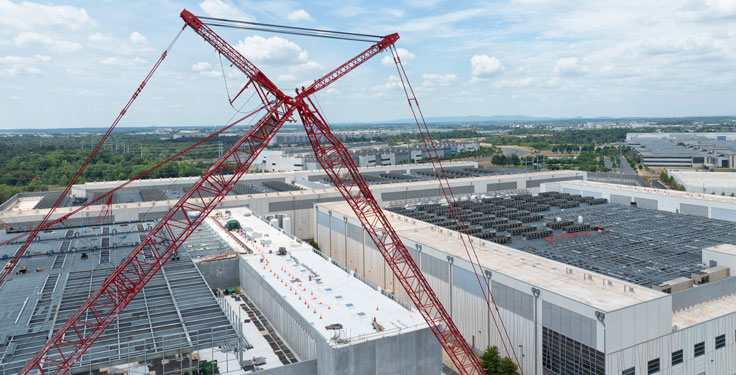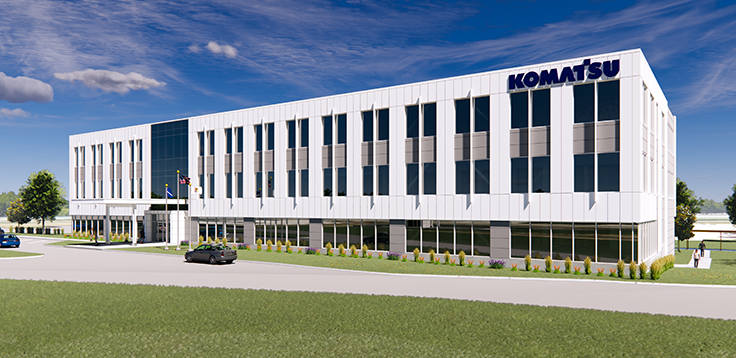The third quarter of 2024 brought its fair share of good news for construction industry stakeholders and the U.S. economy in general.
Inflation is down to 2.5 percent, the Federal Reserve cut interest rates for the first time since 2020, dropping rates by 50 basis points, and, according to the U.S. Bureau of Labor Statistics’ Job Opening & Labor Turnover Survey, jobs are being filled and the construction unemployment rate sits at 3.2 percent – below the national rate of 4.2 percent.
While the construction industry and economy as a whole are not completely out of the woods yet, several industry economists say these are all positive signs for what the rest of the year holds and how 2025 might start.
Residential construction
Richard Branch, chief economist at Dodge Construction Network, anticipates residential construction to experience a boost from lower interest rates sooner than nonresidential construction.
“We’re expecting the [multifamily] market to return to growth in 2025 because the demand for housing units is so strong and that ability to buy affordable, single-family homes is going to hinder strong growth in the single-family markets,” Branch says. “Over the next couple of years, we might see modest to moderate growth in both of those sectors.”
Zack Fritz, COO at Sage Policy Group and economist at the Associated Builders & Contractors, echoes Branch’s sentiments.
“You have to go back to the 1970s to find the last time this many multifamily units were under construction,” Fritz says. “We peaked several months ago, but we’re still building a lot of units. I think you’ll see a lull for a little while, but it will pick back up. If not to the levels of 2023, it will remain elevated relative to the pre-pandemic period.”
Nonresidential construction
Ken Simonson, chief economist at the Associated General Contractors of America, expects the nonresidential sector to look much the same for the rest of this year and into 2025.
“The big cloud companies and colocation companies have announced they’ll be spending in the next few years, so data center growth will continue to be very strong,” Simonson says. “I think manufacturing growth will be in the plus column, and renewable energy will continue to grow as well.”
Outside of those key segments, Fritz doesn’t expect any huge fluctuations from other subsets.
“Commercial has been weak, but a lot of that is the warehouse segment pulling down,” he says. “It’s not overbuilt, there was just a lot of demand with the e-commerce boom and distribution facilities. Food services has been a good category, general retail has been so-so – that will probably hold – we’ll keep seeing weakness in general office construction, and health care-related spending has slowed down just a bit recently. But I think that will be a good sector going forward.”
Nonbuilding construction
Nearly three years after the Infrastructure Investment & Jobs Act was signed into law, public works starts were up 20 percent in 2022 and 12 percent in 2023. This year, however, is off to a weaker start.
“I think we’ll make some of that up as the year goes on,” Branch says. “As we start to think about where we are, I think about it like a baseball game: We’re probably in the sixth or seventh inning and are getting ready for the seventh-inning stretch. A good chunk of that money has left DC. It’s working its way into the system, and we need to think about how that money is going to be spent.”
According to Simonson, the focus is going to be on much more than just roads, bridges and highways.
“Water and sewer projects have ramped up pretty quickly,” he says. “That’s because, unlike many of these other programs, a lot of that money went into existing state revolving funds and other mechanisms that were well known. We’ve already seen quite a bit of [activity] in airport construction [and] Amtrak and other track and station improvements.”
Related: Hear more economic insights on Episode 24 of Drilling Deeper












